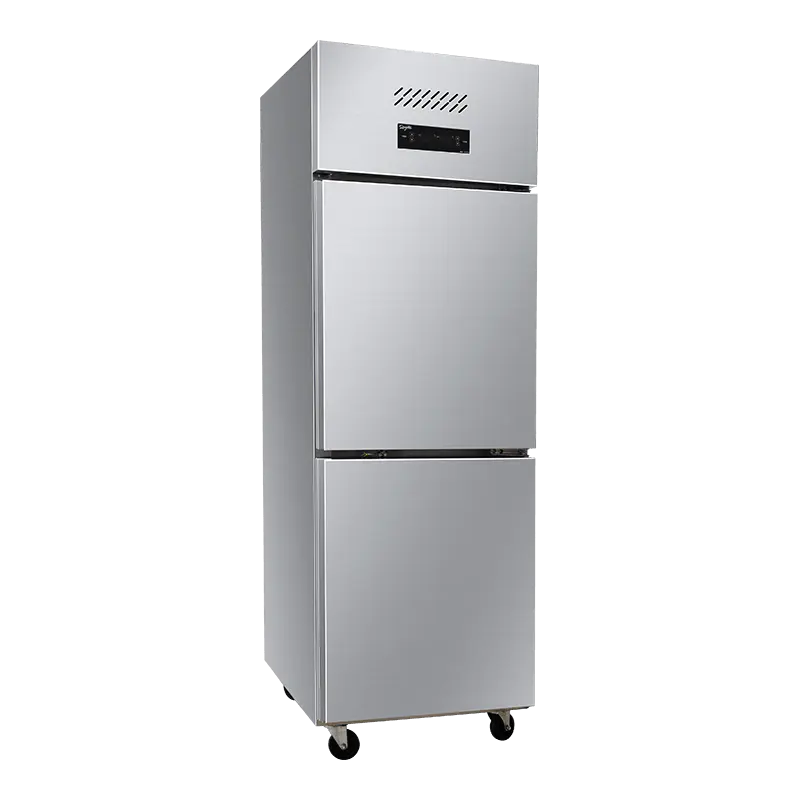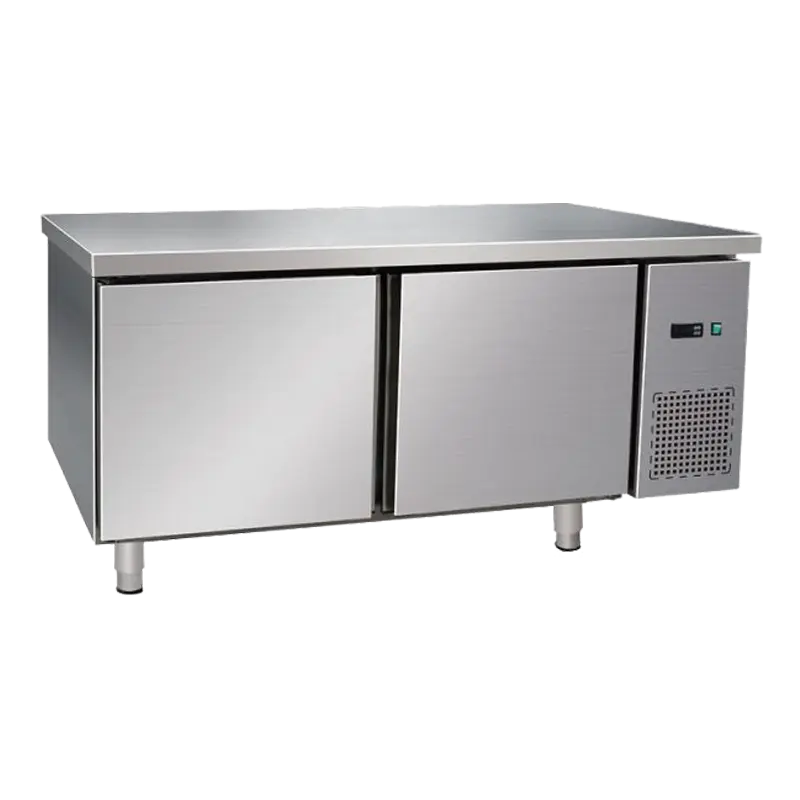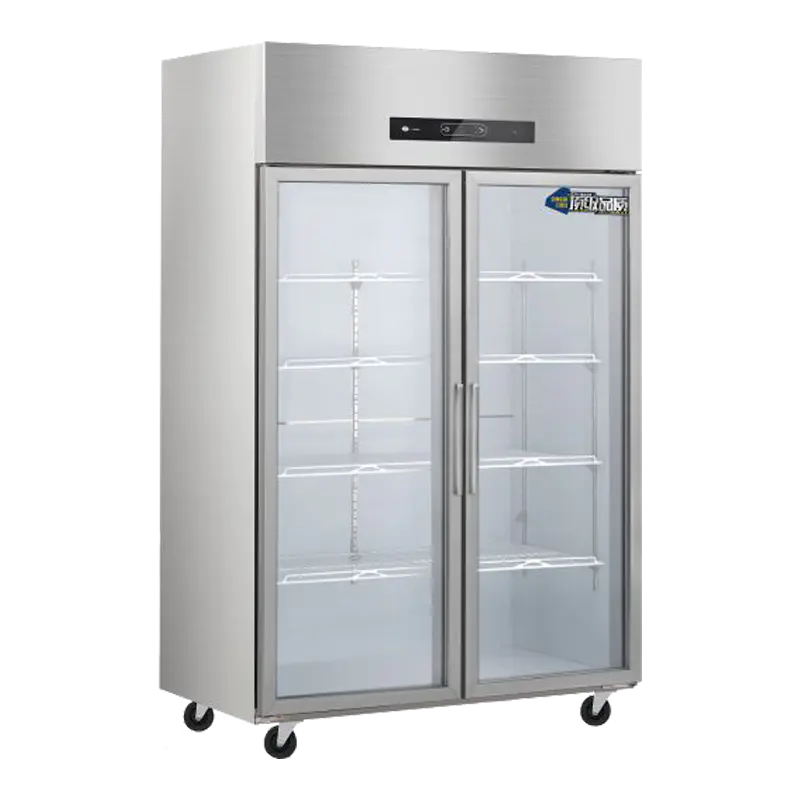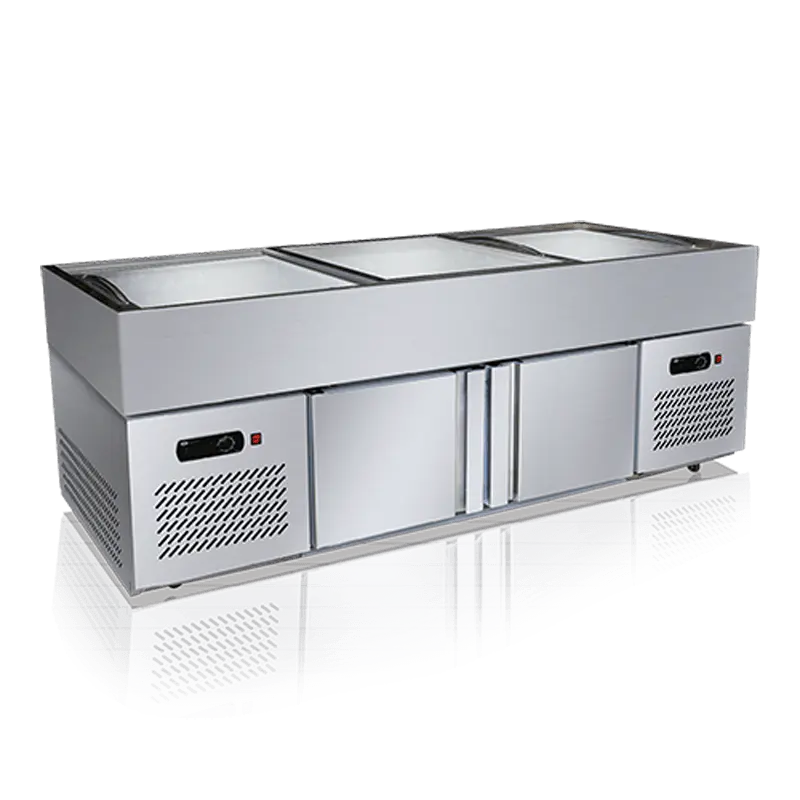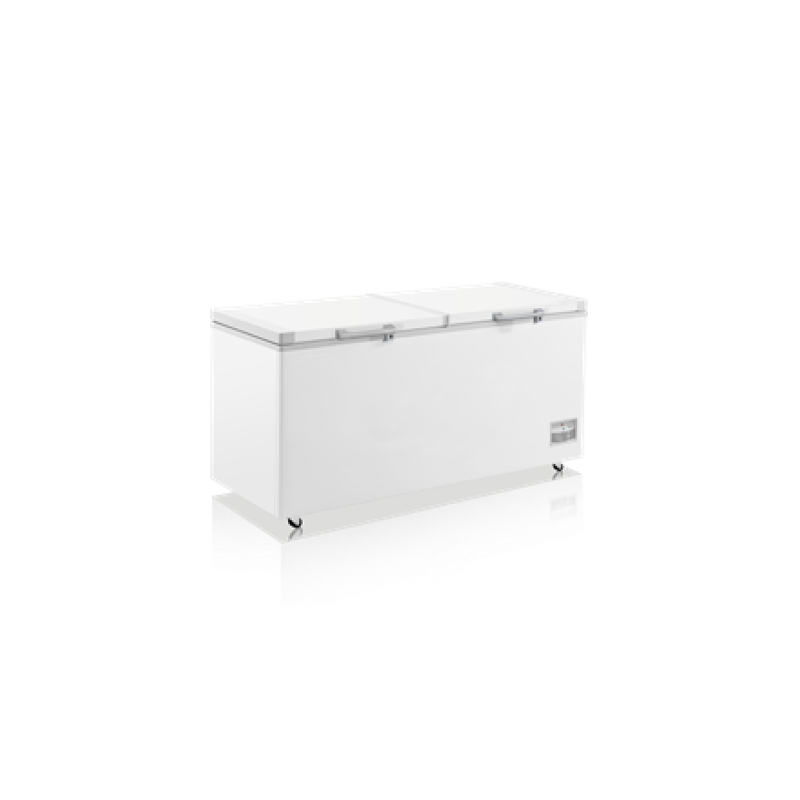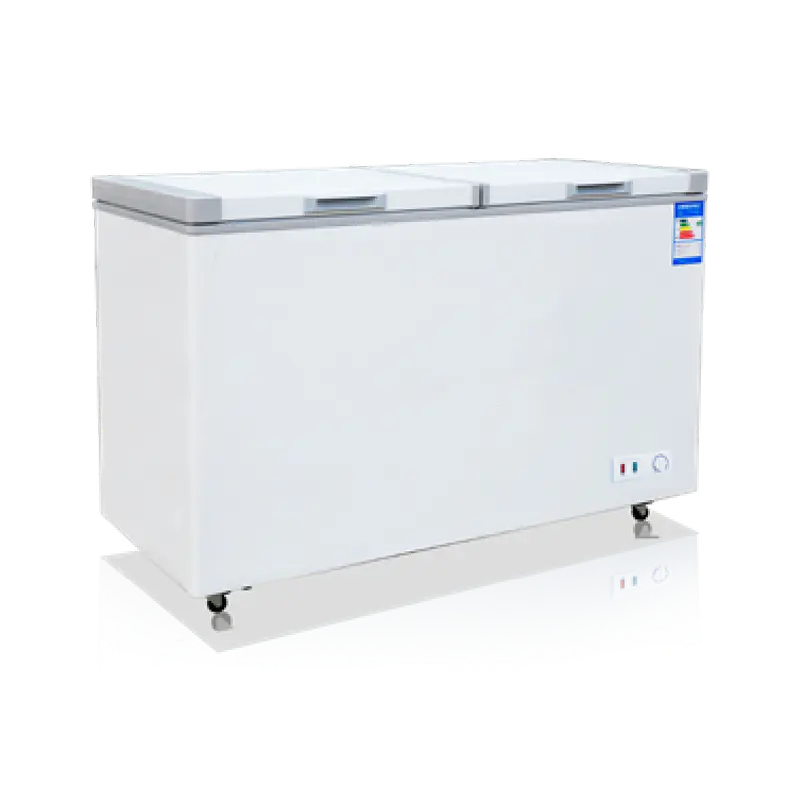Preventing cross-contamination between different food types is crucial in a Commercial Kitchen Refrigerator to ensure food safety and quality. Here are several design features and strategies that can help achieve this goal:
Separation of Raw and Ready-to-Eat Foods:
Commercial refrigerators often come with dedicated storage sections or compartments that allow for clear separation of raw foods (e.g., meat, seafood) and ready-to-eat foods (e.g., salads, cooked dishes). This minimizes the risk of pathogens from raw items contaminating prepared foods.
Separate drawers or bins for different food categories (e.g., meat and dairy) are common, and some refrigerators even offer color-coded or labeled sections to remind staff of which items belong where.
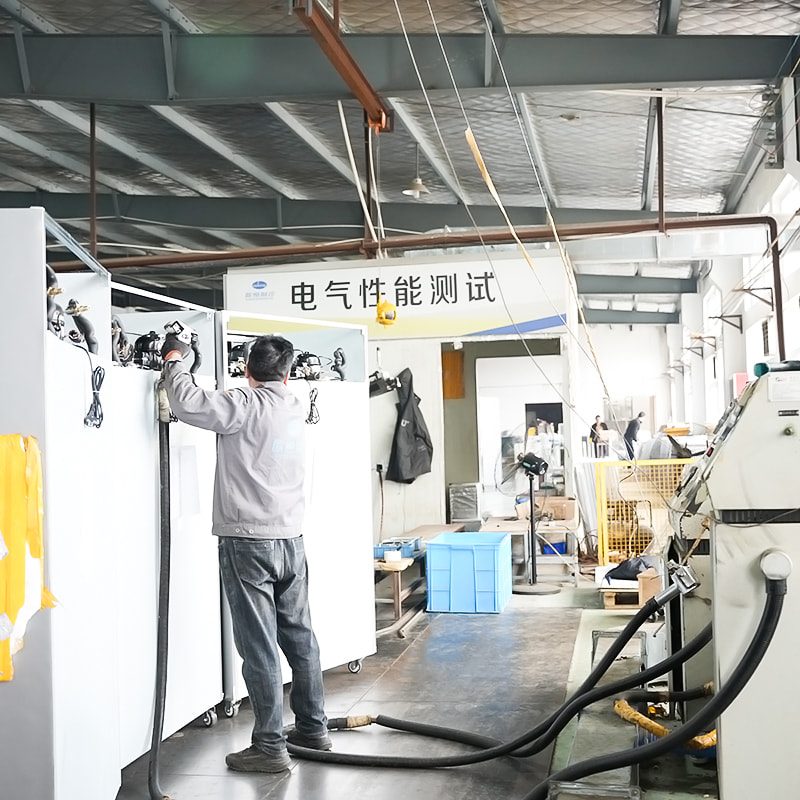
Adjustable Shelving and Custom Dividers:
Adjustable shelving allows operators to reconfigure the internal layout based on their specific food storage needs, helping to separate food types that might pose a risk of contamination when stored together.
Removable or adjustable dividers within shelving units can create physical barriers between different food items, preventing direct contact and contamination.
Humidity and Temperature Control:
Different foods have unique temperature and humidity requirements. For instance, meat may need colder temperatures, while fruits and vegetables often require more controlled humidity to stay fresh.
Many commercial refrigerators feature dual-zone or multi-zone temperature settings. This allows for customized storage conditions in different sections of the fridge, reducing the risk of one food type influencing the storage conditions of another.
Specialized Drawers for High-Risk Foods:
Dedicated drawers for meats or seafood, often located at the bottom of the refrigerator, are designed to keep these items isolated from other foods and maintain optimal cooling temperatures. Some models may even include extra insulation or air filtration systems in these drawers to prevent odors from contaminating other food products.
Crisper drawers or humidity-controlled compartments can be used to store produce separately from other food types, preventing the spread of moisture or bacteria from raw items.
Door Seals and Gaskets:
High-quality door seals and gaskets on the refrigerator’s compartments help maintain the integrity of different storage zones, preventing cross-contamination through air exchange. This ensures that the internal conditions for each food category are maintained and that odors or bacteria are not transferred between sections.
Airflow Management:
Advanced refrigeration systems often feature active airflow management, ensuring that cold air circulates evenly throughout the unit. This helps maintain consistent temperatures, reducing the chances of warm spots where bacteria could proliferate. Proper airflow also prevents moisture build-up, which could lead to contamination or spoilage.
Air filtration systems help eliminate any airborne bacteria, keeping different food items safe from contamination.
Smart Monitoring and Sensors:
Some modern refrigerators are equipped with smart monitoring systems that track temperature and humidity levels in various compartments. These systems can send alerts if conditions are outside the optimal range, allowing staff to make adjustments before cross-contamination risks arise.
Automated defrosting cycles prevent the buildup of ice that could lead to water drips onto other food types, particularly sensitive items like vegetables or pre-prepared dishes.
Clear Storage and Labeling Systems:
Clear storage bins or transparent shelving allow staff to quickly identify different food categories and prevent items from being placed incorrectly.
Color-coded or labeled drawers can also assist in ensuring proper segregation of foods, helping staff easily identify storage areas designated for specific food types.
Dedicated Fresh Food Compartments:
Some commercial refrigerators offer fresh food compartments designed to preserve the integrity of easily contaminated items, such as fresh seafood or poultry. These compartments often feature additional features like extra cooling power or specialized filtration to further reduce contamination risks.
By integrating these features into a Commercial Kitchen Refrigerator, food service operators can reduce the risk of cross-contamination and ensure the safety and quality of the food being stored. This approach helps meet both food safety regulations and customer expectations for high-quality meals.


 English
English русский
русский Español
Español عربى
عربى

